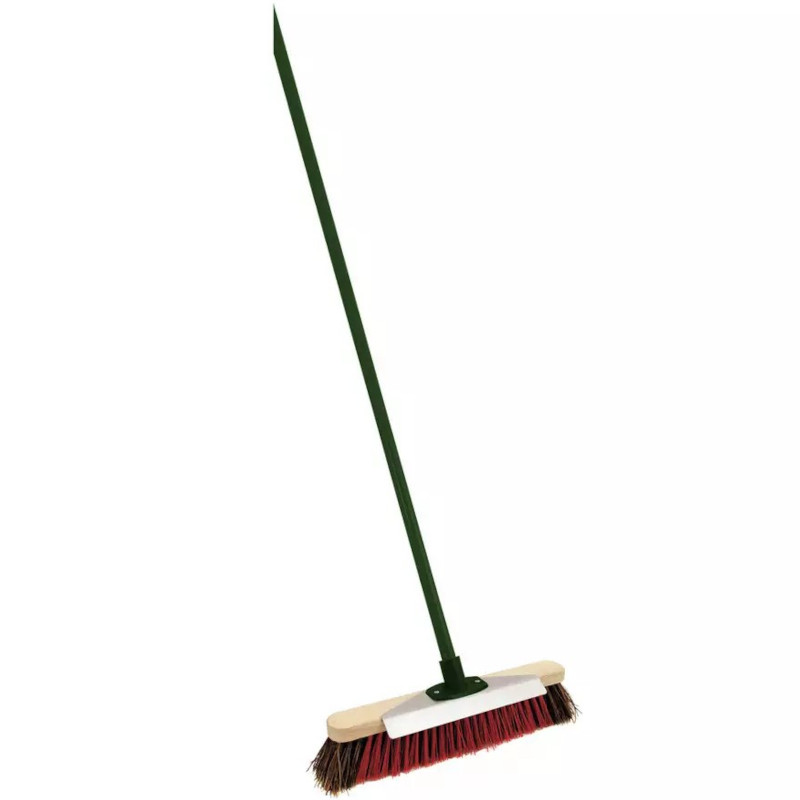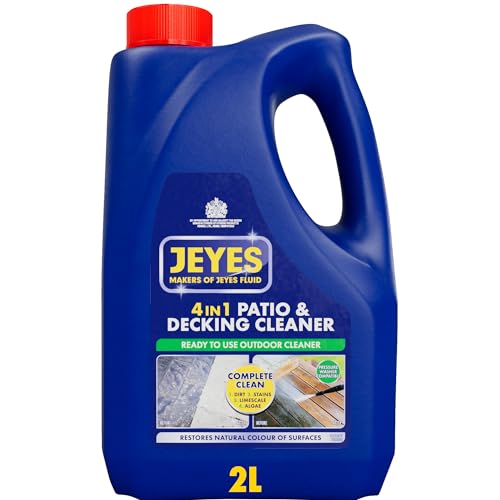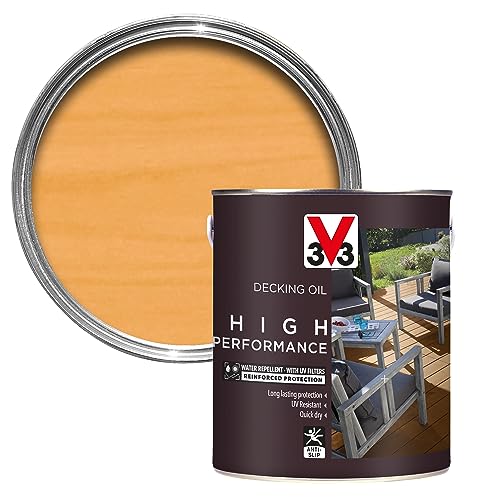Experts reveal the 7 decking cleaning mistakes to avoid to prevent damage to your garden deck
Swerve these decking disasters to ensure a clean sweep across the board
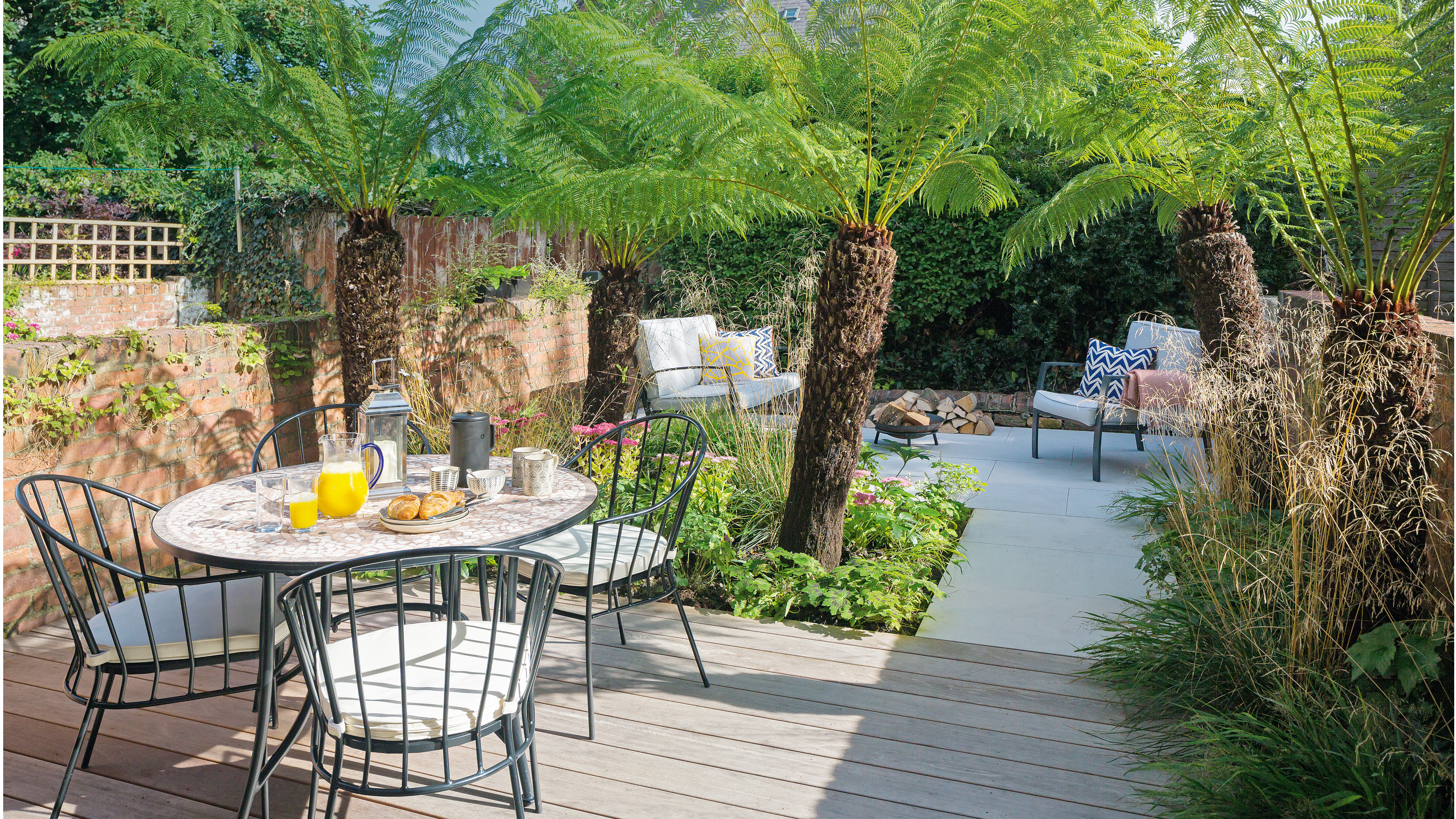
Practical, stylish and long-lasting, a decked garden area is well worth the investment, assuming you look after it, that is. Fall prey to these common decking cleaning mistakes to avoid, and you could wind up with a slippery, unsafe surface that’s pretty unsightly, too.
While a quick sweep is sufficient to clean indoor floors, outdoor decking calls for a more robust approach. Before you start scrubbing, however, it’s important you take the time to understand how to clean decking properly – go in too heavy-handed, and you run the risk of causing damage.
Rather than learn from your own costly cleaning errors, take heed of those made by others... we’ve quizzed the pros on the decking mistakes they see most often and how to avoid them, so you can get it right the first time around.
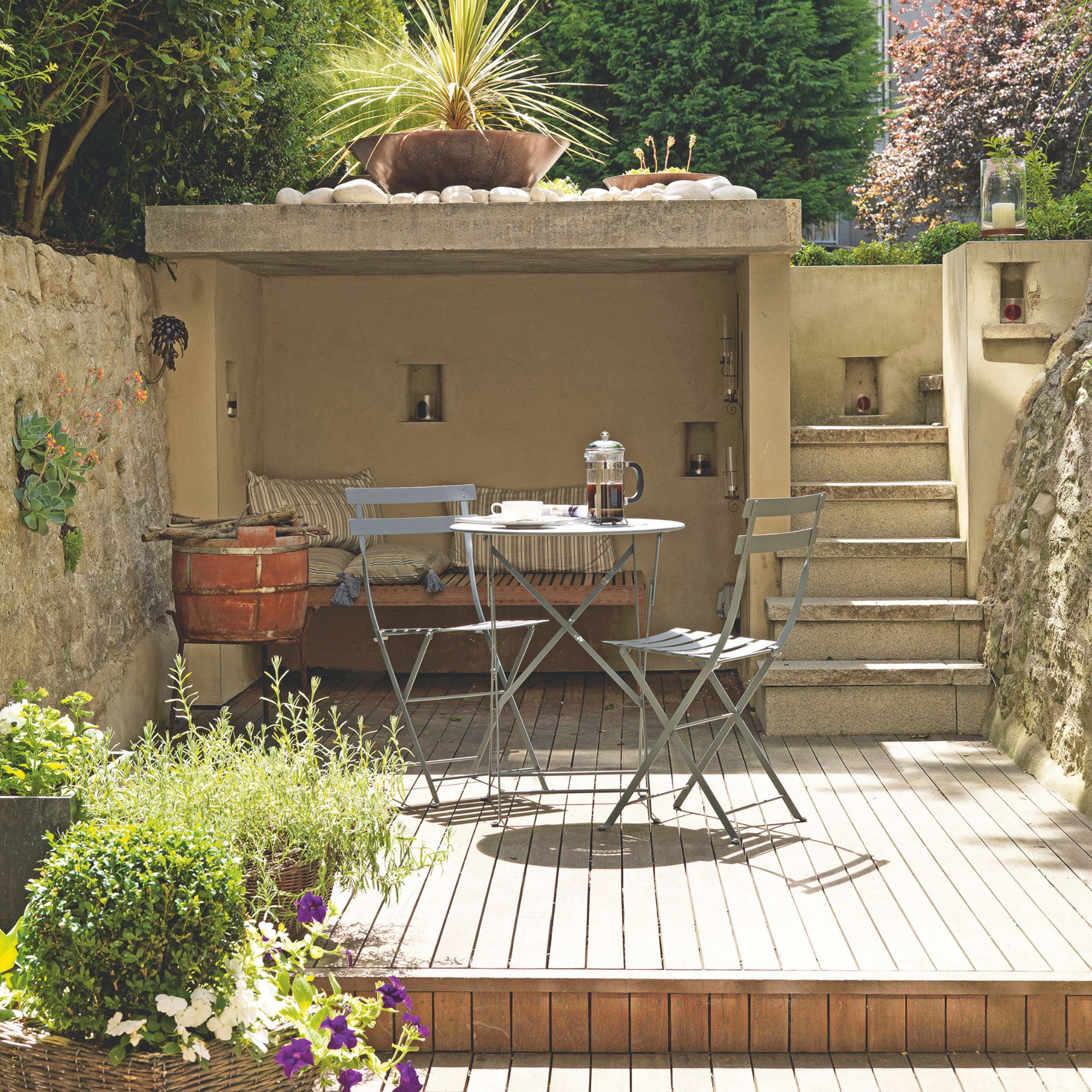
1. Not prepping properly
Don’t make the mistake of thinking all decking ideas should be cleaned in the same way. An important part of prepping is understanding the surface you’ve got – the differences between composite vs wood decking, for example – and planning your process accordingly.
Regardless of what material you're working with, you should always start with a good sweep.
‘It may sound obvious, but dirt, leaves, and other particles can cause scratches if left on the surface during the cleaning process, so it’s a step not to be overlooked,’ says Richard King, decking expert and owner of Dino Decking.
Don’t be tempted to sweep dirt into the gaps and grooves. It’s the easy option, we know, but over time, it’ll build up and decay, causing you more problems in the long run. If there’s gunk already in there, don’t ignore it, either. This Roughneck decking brush set, available at Amazon, includes an angled brush with a built-in scraper head to help you pull everything out without getting too close.
2. Applying harsh cleaning products
The stronger the product, the better the clean, right? This is a common misconception generally, but when it comes to decking, it’s a mistake you don’t want to make. Jimmy Englezos, senior brand manager at Ronseal, explains:
‘Rather than combating mould and mildew, using harsh, abrasive solutions such as bleach can do the opposite. It can damage the surface of composite decking, causing it to discolour and weaken, which can lead to cracks and surface chipping over time.'
Instead, Jimmy recommends using a simple solution of washing detergent and water as a first port of call. ‘Dissolve a scoop in a bucket of warm water then, using a clean, soft-bristled brush, scrub in a back-and-forth motion several times’.
Cleaning with vinegar and bicarb of soda is also safe for all types of decking, or for something a little stronger, you could try Sodasan oxygen bleach, available on Amazon. ‘It’s non-toxic, biodegradable, and won’t harm your decking, yet it’s powerful enough to tackle mildew, algae, and tough stains. Safe for pets and plants, it’s a perfect solution if you want to keep your deck clean while being kind to the environment,’ says DIY expert Simon Wardle, director of Armstrong Cheshire.
If DIY solutions aren’t quite cutting it, try a shop-bought cleaning solution that specialises in your specific decking type. ‘Dino® Composite Cleaner is specially formulated to meet the light maintenance needs of composite decking, while Ronseal Clear Decking Cleaner & Reviver (available at B&Q)cleans and revitalises weathered timber by removing moss, mould and algae, brightening the wood and restoring it to it’s natural appearance’, recommends Richard.
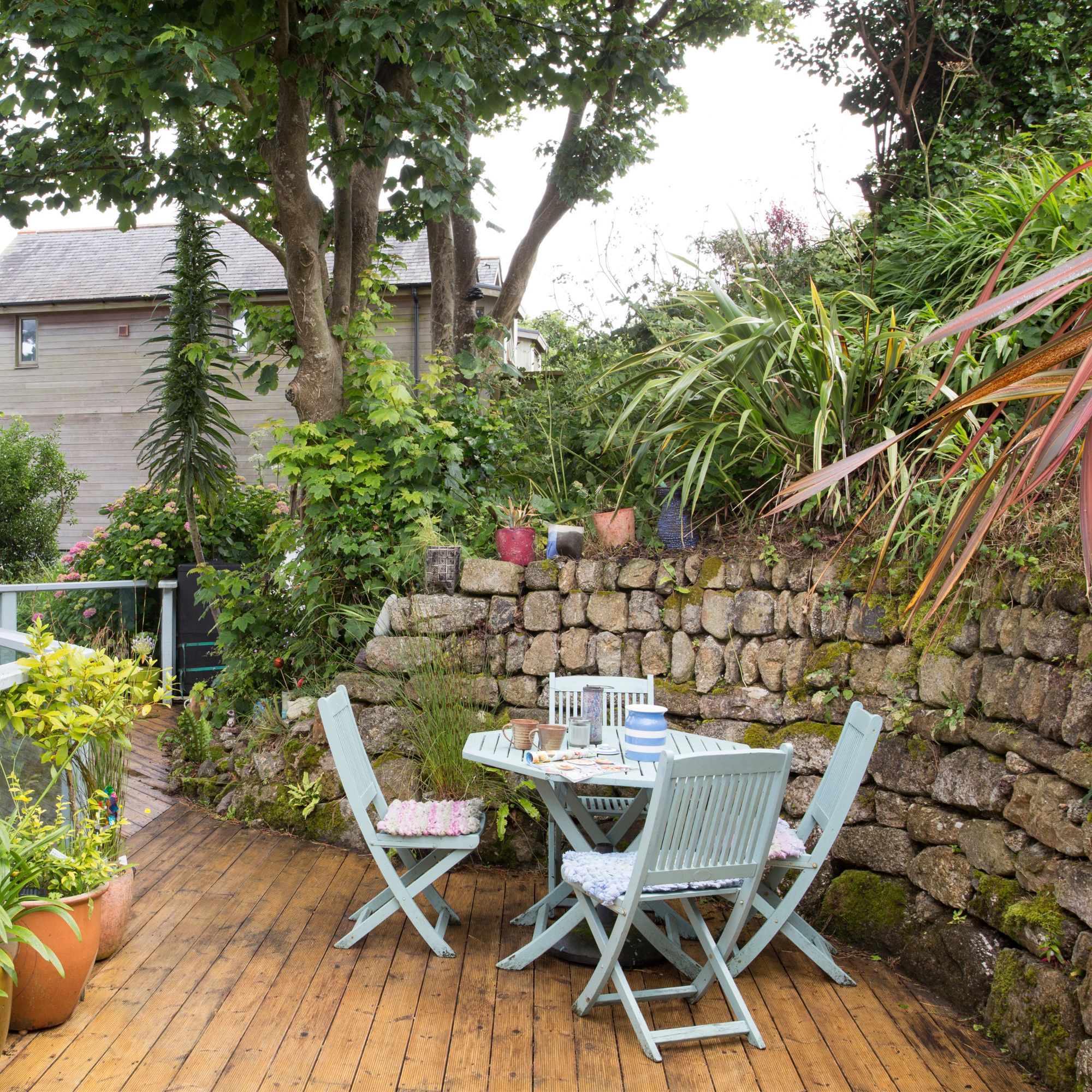
3. Scrubbing too hard
‘Avoid using abrasive brushes as they can damage the wood fibres and strip protective coatings. A sponge or soft-bristled brush is a better alternative, applied with gentle pressure. I’d recommend the Bulldozer deck brush (you can get it at Screwfix); the soft PVC bristles effectively remove debris without causing scratches,’ says Richard.
Wooden decking generally requires a gentler approach than composites. Experts also warn not to rub against the grain, as this can leave unsightly marks.
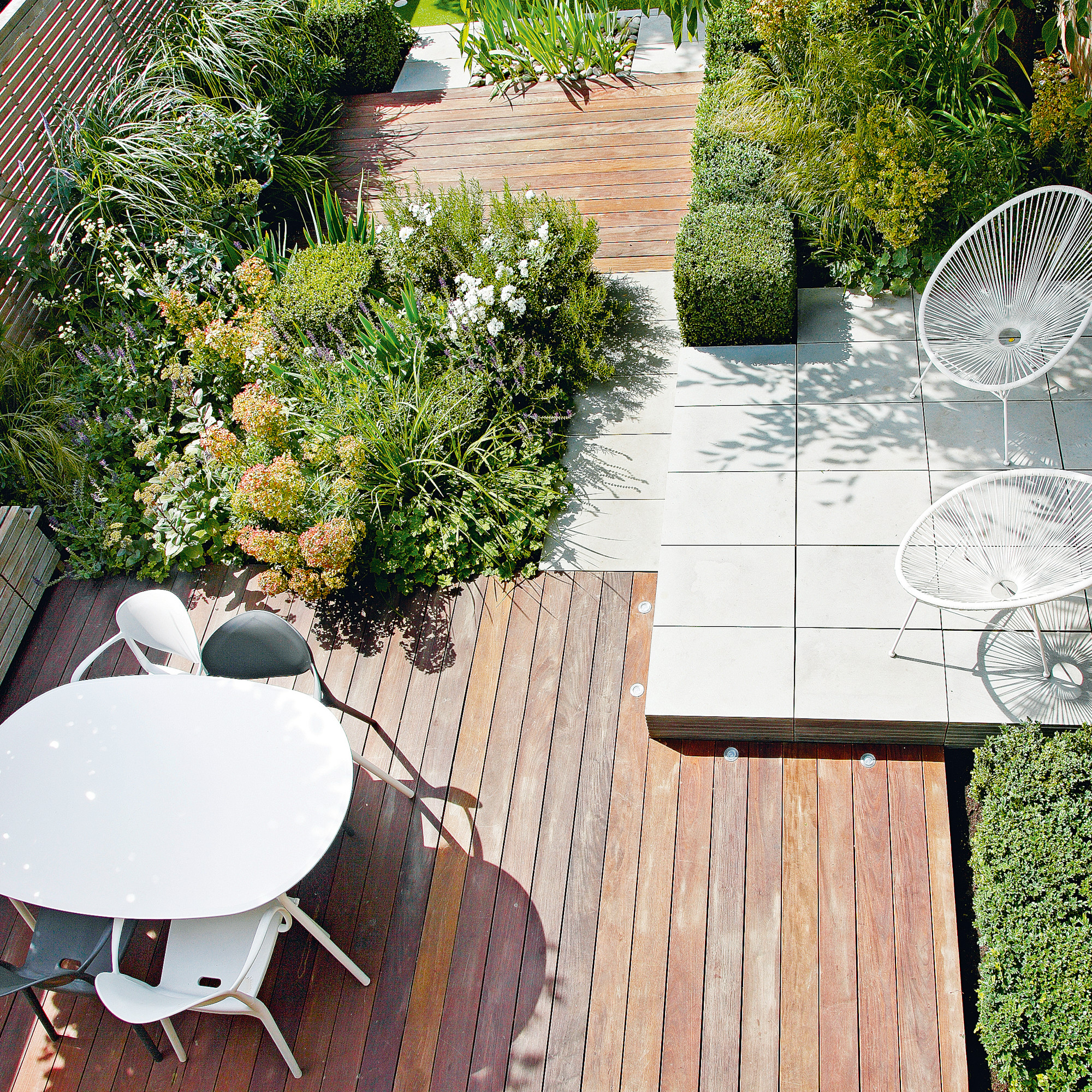
4. Using your pressure washer improperly
Should you pressure wash decking? There’s no doubt it’s satisfying (and super fun) to do, but it’s not essential for getting super-clean results. Get too carried away, and you also run the risk of damaging your decking.
'Even the best pressure washers aren't suitable for use on every surface, particularly when used at full strength – they can strip wooden decking of its protective oils, damage the grain and cause splinters, for example,’ explains Lee Trethewey, outdoor furnishings and wood expert at Sustainable Furniture.
I’d recommend avoiding the pressure washer completely and opting for a brush and specialist deck cleaner instead. If you do decide to use one, set it to a low level and position the nozzle at least 30cm away from the deck,' he says.
Richard agrees and suggests opting for a spray setting rather than a concentrated jet. ‘It’s gentler on the boards, so you’re less likely to strip away any stain or protective coating,’ he explains. I’d recommend using the Kärcher K 4 Power Control Flex pressure washer. It features an adjustable spray lance, allowing you to control the pressure easily throughout your clean.’
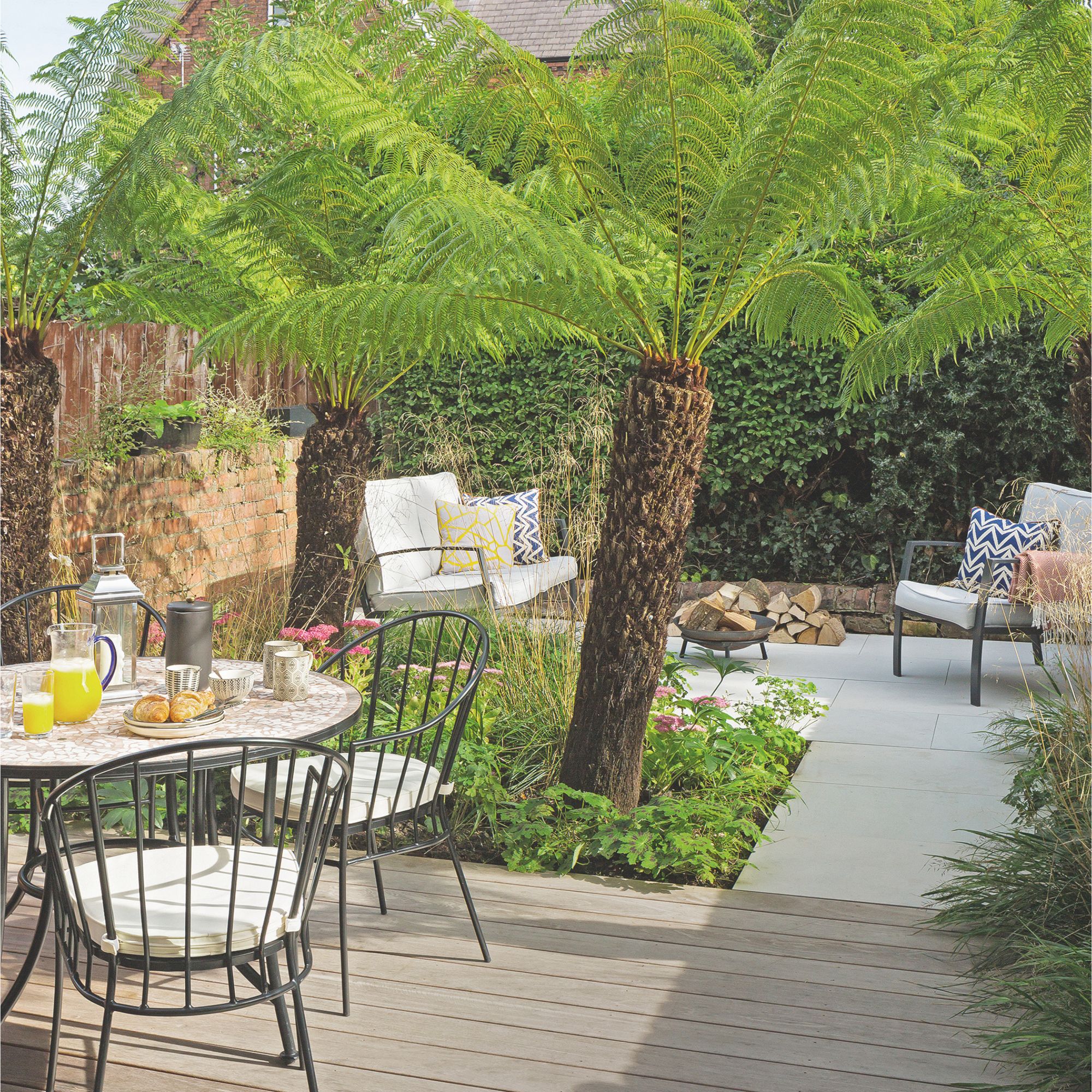
5. Not drying your deck
As well as being pretty dangerous to walk on, not drying your decking properly can lead to problems in the future, too.
‘Excessive moisture on the surface creates an ideal environment for decay-causing fungi to thrive, which can lead to rot and costly repairs down the line,’ explains Simon.
Luckily, it’s a mistake easily avoided, simply by cleaning on a warm and sunny day. ‘Leaving your decking to dry naturally in the sun will suffice, says Simon.
‘If the weather turns however, however, you’ll need to take action – using a mop to remove excess water and placing a fan or space heater at a safe distance should help speed up the drying process’.
If you want to avoid a slippery deck in general (households with kids and pets, for example), you’re better off cleaning by hand rather than with a pressure washer. The latter results in a lot more water, meaning a much longer drying time.

6. Painting or staining decking without cleaning it first
If your decking is looking a little tired, painting or staining it will help and adds an extra layer of protection, too. However, experts stress the importance of ensuring a super-clean surface beforehand – a simple sweep is not enough.
‘Without proper preparation, you’ll affect the performance of the product. It needs to be fully clean and dry, otherwise, you run the risk of the coating peeling and cracking. As well as a decent clean, be sure to fill any gaps or splits in the woods with a suitable wood filler (Ronseal's high-performance wood filler, available from Wood Finishes Direct, is fast drying and can be stained for colour matching). Using a wood preserver before application, such as the Protec Wood preserver plus (also available from Wood Finishes Direct is a good idea, too,' says Becky Rackstraw, Director at Protek.
You can find garden paint ideas and stains in a range of colours (try Cuprinol's anti-slip stain from Amazon), or you could opt for a decking oil like V33's UV and water-resistant decking oil (available at Amazon) with extra anti-slip properties to boot.
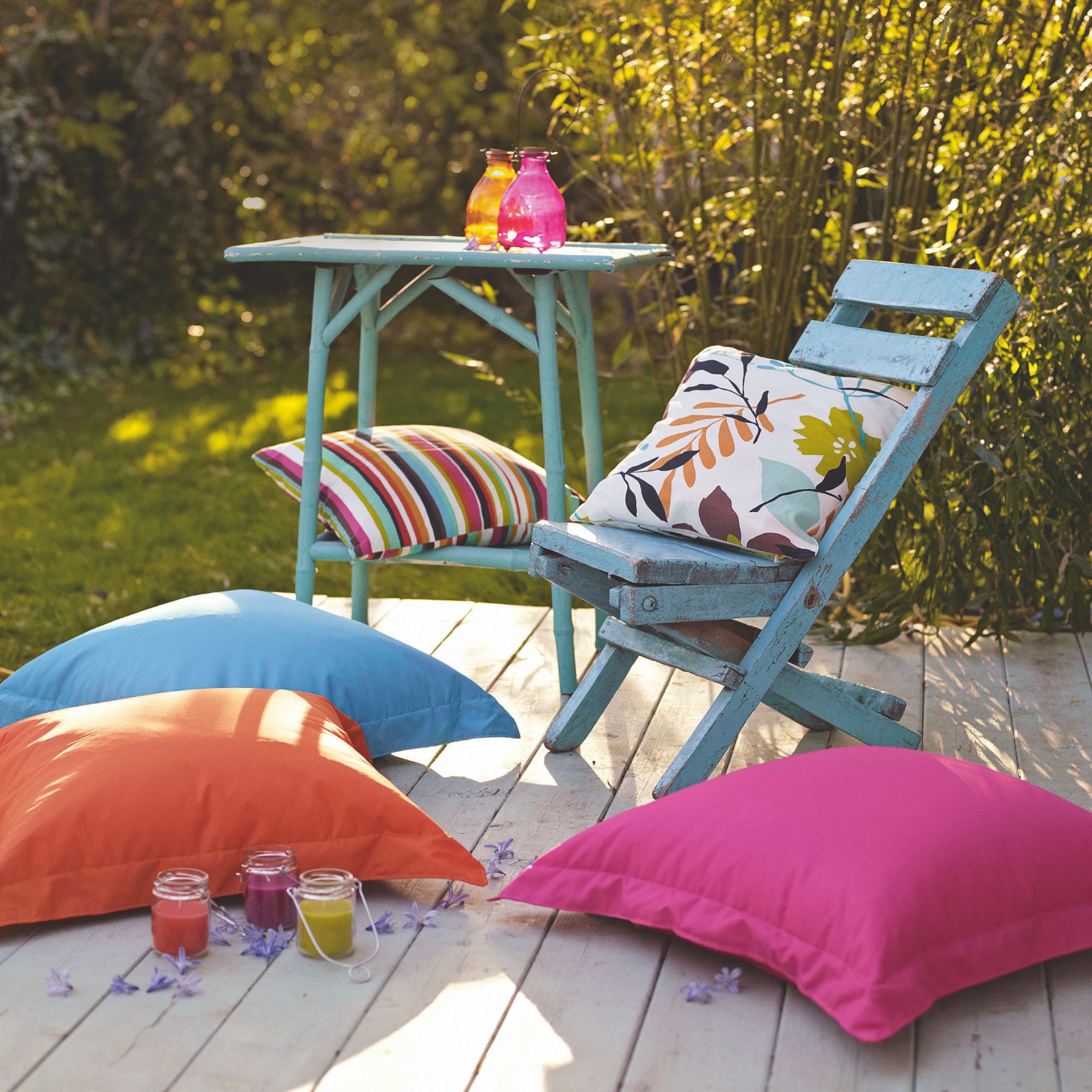
7. Allowing dirt to build up
From dead leaves, mould and algae to pollen and dust, our decks can only take so much before they start to deteriorate. Don’t be fooled into thinking wind and rain will do the job for you – regular sweeping and cleaning is essential if you want to keep your deck in good (and safe) condition.
Employ a simple regime that’s easy to stick to, such as sweeping once a week and cleaning once a month, or once a season, at least. At the same time, take the opportunity to inspect the state of your deck; if you notice any algae or mould, be sure to treat it straight away.
‘Algae can make decking particularly slippery and dangerous, so it should always be tackled there and then. I’d advise using an anti-fungal cleaning solution (such as EverBuild’s powerful fungicidal wash, available at Amazon) to keep it from coming back.
Aside from safety, cleaning your decking is vital if you want to ensure longevity – it’s expensive to install and adds aesthetic value to your garden, so it’s in your interests to keep it looking as good as new,' says Lee.
Decking cleaning essentials
When it comes to cleaning decking, knowing what not to do can save you time, effort and money in the long run. It’s also worth familiarising yourself with how to prepare your decking for winter – keep on top of your maintenance routine, and you’ll have a beautiful-looking outdoor space all around.
Sign up to our newsletter for style and decor inspiration, house makeovers, project advice and more.
You must confirm your public display name before commenting
Please logout and then login again, you will then be prompted to enter your display name.
